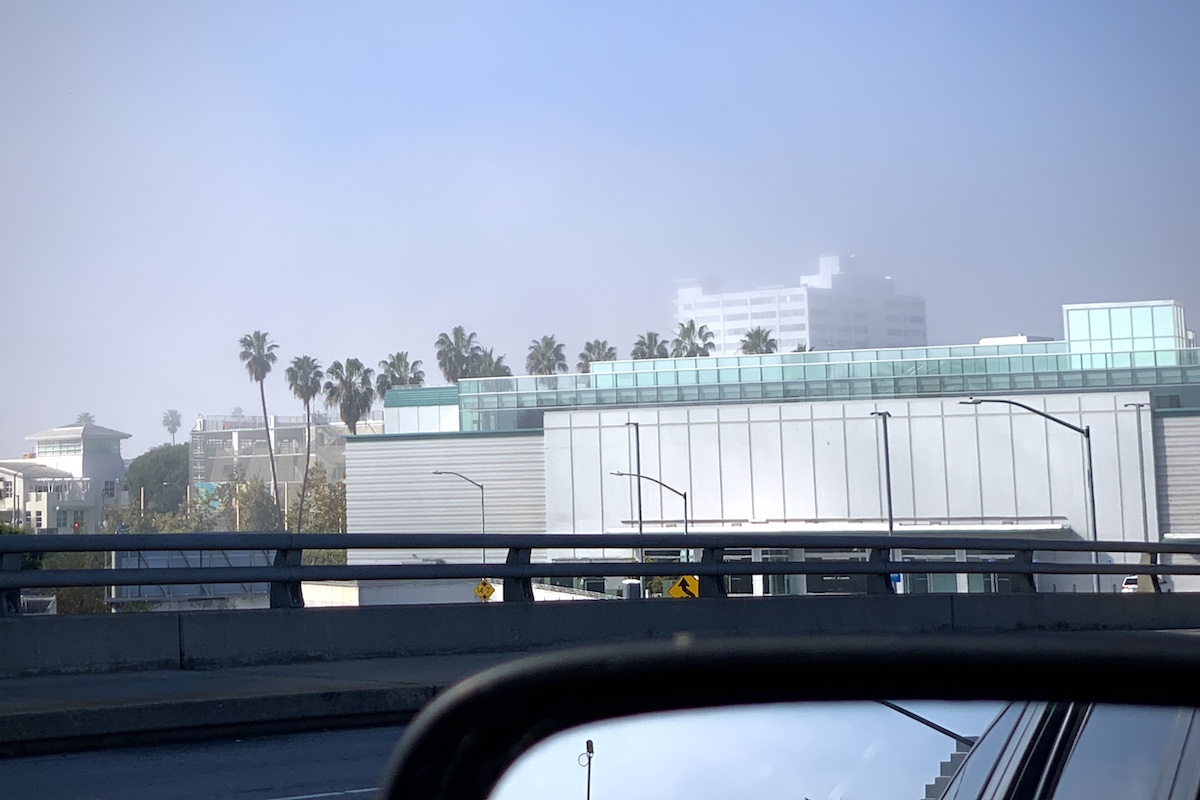
This is the 3rd of a 5 part article outlining serious issues that Santa Monica residents and the City Council face.
The 1st article was a glimpse into Santa Monica’s future and raised the question who comes first – tourists, developers, or residents? And will increased height, density, and faceless block building designs forever change our low-rise beachfront city?
The 2nd article dealt with the increasing “canyonization” of our downtown and the need to revise our zoning code to re-establish a pedestrian and resident-friendly environment – and one that includes a large central plaza on undeveloped property at the heart of our downtown.
This 3rd article deals with our boulevards and avenues, which provide the structural fabric, the decorative ribbons that tie our city together with our downtown, an environment we are also at risk of losing! Their importance in our city cannot be over-emphasized. Our boulevards and avenues of varying residential, commercial and industrial use from west to east include Montana, Wilshire, Santa Monica, Broadway, Colorado, Olympic, Pico, Ocean Park, Lincoln, and Main Street. The 13.75 miles of these 10 arteries together with commercial property fronting on either side is 2.5 times larger than the area of our .35 sq mi (226 acres) downtown. With this area being more than 10% of the overall size of our city, you realize the importance of these tree-lined asphalt streets and their frontage property.

But what is the purpose and character of our boulevards? In addition to being the gateways to our city and the city’s largest public area, our boulevards provide a variety of roles from mobility and economic opportunity to open space and social connection. Boulevards also offer the most significant opportunity for housing and future commercial growth. These boulevards are the bridges that tie the community together, and they are the key to our city’s future!
But buses and cars have degraded the bucolic nature of boulevards with emphasis instead on moving traffic and providing easy access for police, fire, and ambulance. The recent Chamber of Commerce president described our boulevards as “long, lonely corridors and pedestrian and bicycle danger zones.”
The most potential for development on our boulevards is the 30% (21,000 lineal feet) of boulevard frontage (4 miles!) currently underdeveloped with a combination of small 1-story buildings and surface parking.
Instead of rectangular box buildings with uninspired continuous storefronts hugging narrow 7-12 foot wide sidewalks, we could instead turn our boulevards into landscaped parkways with small mixed-use commercial and residential villages on each block having 2 and 3 stories of terraced patio housing over ground floor commercial. With 70% of all boulevard frontage currently being one-story buildings, the development of these mixed-use villages could create more than 8,400 units in addition to the over 4,000 existing units presently vacant! Instead of traffic and parked cars 10 feet away, storefronts would look onto meandering sidewalks and courtyards with landscaping, benches, fountains, and bike racks.
We must reimagine our boulevards and develop policies that incentivize creative development and open space appropriate to Santa Monica instead of economically inspired block building design. Pedestrian experience is as essential as vehicular movement. It’s also interesting to note that Manhattan Beach has a 2-story height limit, Laguna Beach 3, and Santa Barbara 4! Why are we currently allowing 8 and 10 stories!!! And we need a parkway program as well as a creative zoning code appropriate to Santa Monica. Design is the difference between a good experience and a great one that engages your emotions and keeps you coming back!
So how can we economically maintain and support our “garden city?” How do we introduce quality into these half-block and full-block villages? And time to focus properly is not on our city council’s side when they are concurrently inundated from problem to problem. We need to establish a commission that works with planning to study ways to encourage mixed-use zoning, introduce quality in building design, and re-direct our boulevard environment.
With a substantial majority of buildings on the boulevards being 1 story, the increased economic incentive should allow either the buying out or bringing multiple property owners within the block into a single development entity with the prospect of net income increasing 400-500%, which would also make up for 20-24 months of lost rental income during construction and leasing. And if the city were to provide property tax and permit processing incentives, a healthy portion of the new units could provide below-market rents for needed workforce housing.
But everything is “piecemeal” – development, decision making, jumping from one event to another, one crisis to another – an extremely costly way to run a city. Will our downtown continue to “canyonize” and our neighborhood boulevards fill with block buildings! Our mantra has been economic gain at the expense of residents and our environment. Will our council continue to listen to tourists and developers ahead of residents? I realize there are many pressing needs – from homeless to broadband, and on and on, but growth for growth’s sake alone is not planning, it’s chaos! We can’t continue to be a house divided, a city divided!
What is our vision for Santa Monica – the future of our boulevards, our neighborhoods, our downtown? Will we continue to have a “piecemeal” future or a “planned” future and turn a negative into a positive? We can continue to be a low-rise city with character instead of a city of block buildings with the staccato rhythm of prison cells! Let’s re-direct the character of our boulevards and set a goal to do so within the next 12 months!
Ron Goldman FAIA
for SMa.r.t. (Santa Monica Architects for a Responsible Tomorrow)
Thane Roberts, Architect, Robert H. Taylor AIA, Ron Goldman FAIA, Architect, Dan Jansenson, Architect, Building and Fire-Life Safety Commission, Samuel Tolkin Architect, Mario Fonda-Bonardi, AIA, Planning Commissioner, Marc Verville, CPA (inactive). For previous articles see www.santamonicaarch.wordpress.com/writings.












